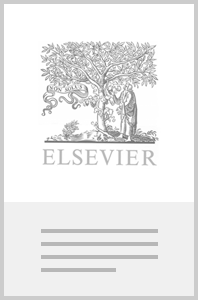Books in Radiological and ultrasound technology
Books in Radiological and ultrasound technology
- 5th Edition
- Paula J. Woodward + 2 more
- English

Diagnostic Imaging: Obstetrics
- 3rd Edition
- John P. Lampignano + 3 more
- French

Positions et incidences en radiologie conventionnelle
- 2nd Edition
- Leia Levy
- English

Mosby’s Radiation Therapy Study Guide and Exam Review
- 3rd Edition
- James F. Griffith
- English

Diagnostic Ultrasound: Musculoskeletal
- 2nd Edition
- Mark E. Lockhart
- English

Diagnostic Ultrasound: Vascular
- 9th Edition
- William J. Callaway
- English

Introduction to Radiologic Technology
- 3rd Edition
- Volker Milnik
- German

Elektrophysiologie in der Praxis
- 2nd Edition
- Zeshan Qureshi
- English

The Unofficial Guide to Radiology
- 2nd Edition
- Ali B.A.K. Al-Hadithi + 1 more
- English

The Unofficial Guide to Radiology: 100 Practice Chest X-rays
- 2nd Edition
- Christopher Gee
- English

The Unofficial Guide to Radiology: 100 Practice Orthopaedic X-rays